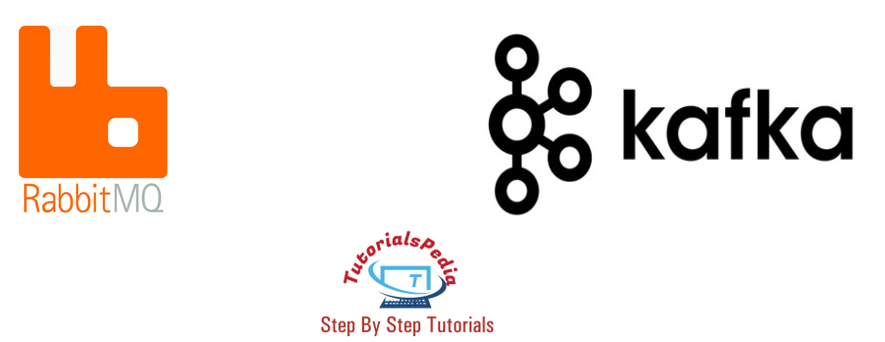Kafka and RabbitMQ are popular products in the market fulfilling a wide set of use cases as message broker or event streaming platform. Despite the fact that these two open-source applications are fundamentally different from a variety of aspects, Kafka Vs RabbitMQ is a popular question among the people in IT industry when deciding applications for messaging or event streaming.
In this article, we will try to answer this popular Kafka Vs RabbitMQ question on the basis of few differences. We won’t be touching the basics of Kafka or RabbitMQ in this post, as we have already covered Introduction of Kafka and Introduction of RabbitMQ in our previous blogs which you can refer to get a basic idea of how Kafka and RabbitMQ work and what are their basic components.
Kafka Vs RabbitMQ : What are the differences between Kafka and RabbitMQ
Some people with fairly good knowledge in the area of integration and ESBs often argue against any comparison of Kafka and RabbitMQ based on the fact that the two products serve different types of use-cases. However, the fact is that their functionalities in many ways overlap and it is always a valid question to ask that should I go for RabbitMQ or Kafka for my organization? That’s why we are covering this topic in a brief manner without going into much of the details.
Kafka Vs RabbitMQ: Messaging Mechanism
For integrating different applications producing or consuming messages, RabbitMQ works using Exchanges which in turn are bound to queues. Different exchange types are available in RabbitMQ including Direct Exchange, FanOut Exchange, Topic Exchange & Header Exchange. To explain briefly, these exchanges control the routing of the messages to the queues. To understand more about these Exchange types, you can watch video on my channel.
On the other hand, Kafka works on the principle of Pub-Sub where messages are published to the topics and then consumed/read from there by the interested subscribers.
Kafka Vs RabbitMQ: Usage Scenarios
RabbitMQ fits well as a traditional message broker where primary requirement is to get rid of typical synchronous messaging and move to a more loosely coupled messaging environment. As a Message Oriented Middleware, RabbitMQ does a great job to sit in between different types of producers and consumers by supporting a variety of messaging platforms to ease the implementation of messaging services.
On the other hand, Kafka fits for high flux event streaming use-cases (e.g. IoT scenarios) where very large number of events are being published in real-time intended to be read and interpreted by the consuming parties to achieve required business goals.
Having said that, we can’t simply say that RabbitMQ performs poor than Kafka but the fact is that Kafka cluster scaling options greatly help achieving higher throughput.
Kafka Vs RabbitMQ: Message Forwarding Model
When it comes to the model of message forwarding, Kafka and RabbitMQ work differently. RabbitMQ works with the Push model having Dumb Consumers and Smart broker. RabbitMQ broker pushes the messages smartly to the consumers. On the other hand, Kafka works on Pull Model where Consumers act smart while Kafka broker acts dumb. Practically speaking, messages written to the Kafka commit log are read by the consumers as and when they need based from various partitions based on provided offsets.
Kafka Vs RabbitMQ: Message Retention
Kafka keeps the messages in the commit log based on policy based retention mechanism. A policy can be defined as per organizational needs. E.g. an organization may decide to retain messages for the last one month while another organization with more real-time business needs, might opt to retain only messages from last 1 hour.
On the other hand, RabbitMQ works on Acknowledgement based message retention where messages are flushed from the queues once an acknowledgement has been received from the consumers.
Kafka Vs RabbitMQ: Tooling, UI Support, Ease of Maintenance and Operations
RabbitMQ comes with a built-in UI which provides a convenience to perform various operational tasks and monitoring from browser based graphical interface. On the other hand, Kafka by default doesn’t provide any such UI (as of now). However, various additional tooling options are available which can be used to meet this requirement.
The world of Kafka and RabbitMQ is not so little and its not possible to cover the differences or similarities of the two in such a small post. However, above basic comparison of RabbitMQ and Kafka should give you a good initial understanding and a motivation to dig further into the architecture of the two products.
In case if you want to learn further, you can watch below video on TutorialsPedia YouTube Channel. Don’t forget to subscribe as more related topics are being covered in the same channel on regular basis.

